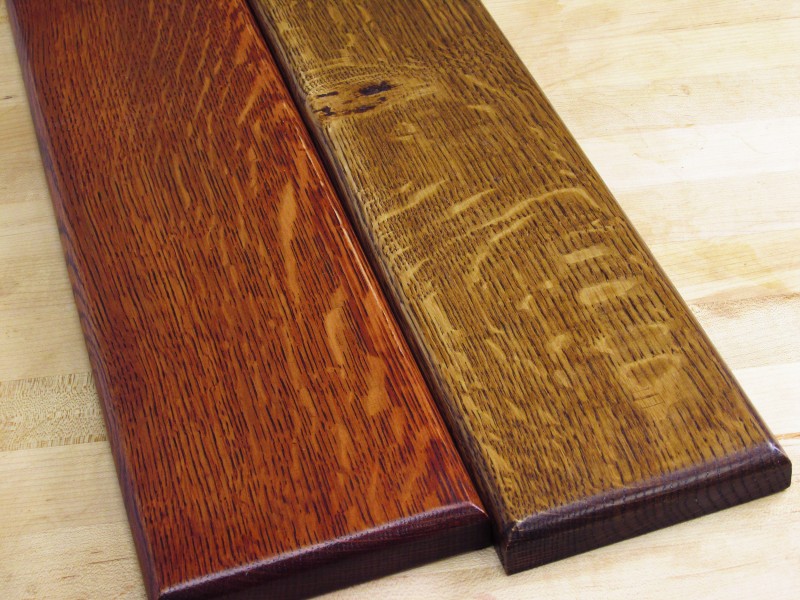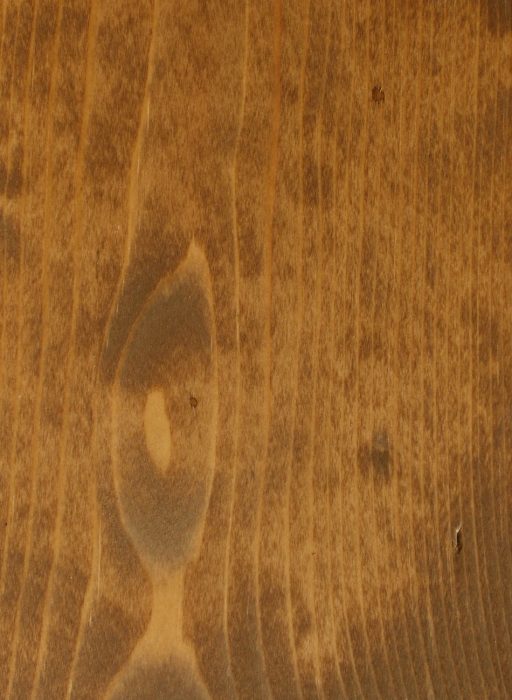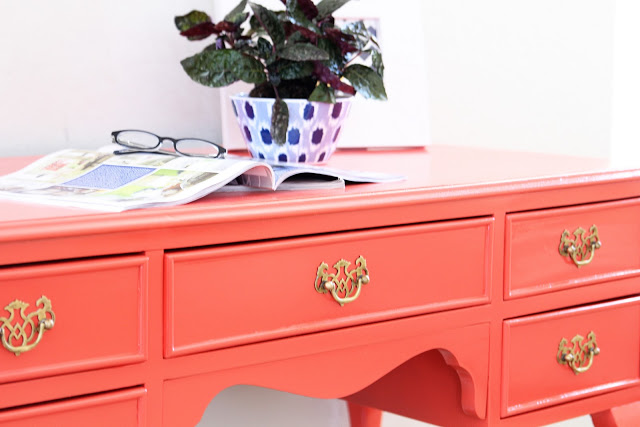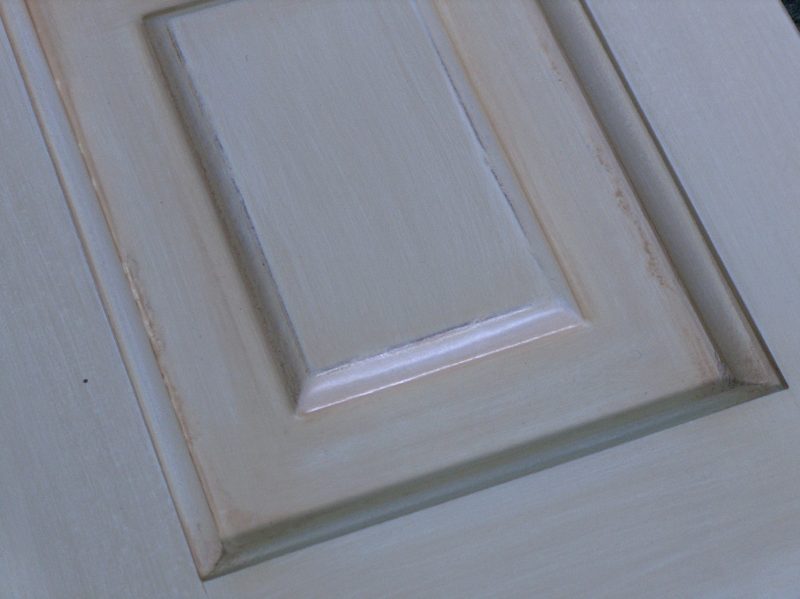There are situations where it is necessary or desirable to reduce the amount of solvent-based products used. Environmental protection requires it (reduction of VOC emissions), increased fire risk is also a consideration, improved working conditions are also a plus. But how can you do that when you already have contracts signed on models you can't change? How do you do it "on the fly", keeping the quality of the products and the original look of the finish? Combination finishing, using both water-based and solvent-based materials, seems to be the answer.
If the furniture is coloured but transparent, use berries to colour it. With simple solvent-based stains, the amount of VOCs is very high, above 90%. Replacing them with water-based stains is a solution. After total drying, they can be coated with solvent-based products without any incompatibility between layers.

But you should be aware that there are drawbacks. Deep absorption, which leads to more pronounced lifting of the wood grain and therefore more difficult sanding between layers, is one of them. Deep absorption can also lead to more intense staining or staining. Also, we note a longer drying time. All these disadvantages can be removed if, instead of water, a mixture of water and specially formulated products is used to dilute the bath to reduce absorption and speed up drying. The price of the bath will increase compared to using only water as a solvent, but will be offset by the reduced cost of repairing the defects.

Changing the bath to solvent is by far the easiest way to reduce solvent emissions and therefore the amount of solvent used in production. Indeed, colour copying can take time, but it is not impossible to do. The other options, i.e. replacing primer or varnish, can cause much bigger problems. The water-soluble primer changes the colour of the bath a little, so the bath will also have to be changed. In addition, some components of the stain may also be soluble in water, resulting in 'bleeding', i.e. the water in the primer dissolves the stain and causes it to migrate.

Changing the varnish can also create problems, even if the same gloss is maintained. Sometimes water-based varnishes do not have the same transparency as solvent-based varnishes, and the tinting may be different.
The combination finish can also be used for an opaque finish. In this case the easiest way is to change the solvent-based primer for a water-based one. Solvent-based varnish can be used over waterborne finishes, provided that the primer is properly sanded before application. Replacing the primer makes reducing solvent-based product consumption important, as it is normally the primer that is used in the greatest quantity, with the varnish being applied only at the end.

If the solvent-based primer is curing it is best to use a similar waterborne primer. For example, a coloured opaque finish can be made using a white waterborne catalyzed primer, 2-3 coats, followed by the usually used solvent-based coloured varnish coat. The appearance will remain unchanged and you will get a significant reduction in emissions.
Another example may be the antique matt finish. A finish we recently reproduced, precisely because we wanted to reduce solvent-based products, was originally done with white primer, patina and clear lacquer, all solvent-based. White primer was replaced with white waterborne primer, leaving the rest of the finish unchanged. Acrylic varnish on solvent, used to protect the effect from yellowing over time, applied at the end, kept the appearance of the finish unchanged.

These are just a few examples of combination finishing that can help you reduce the amount of solvent-based materials used without changing the appearance of the finish. It's a good idea to ask your finishing material supplier about material compatibility every time you want to make such changes so you don't have any surprises.


























Add comment